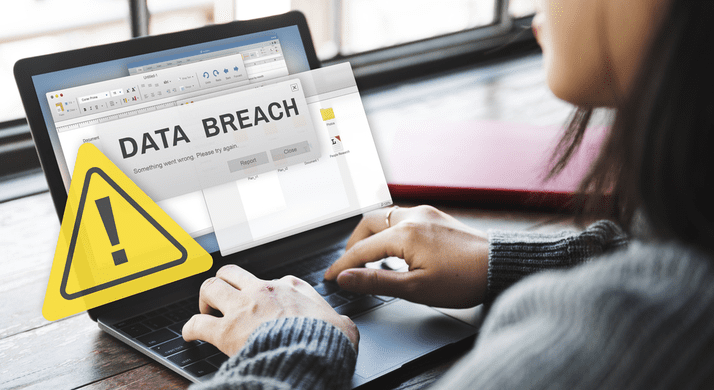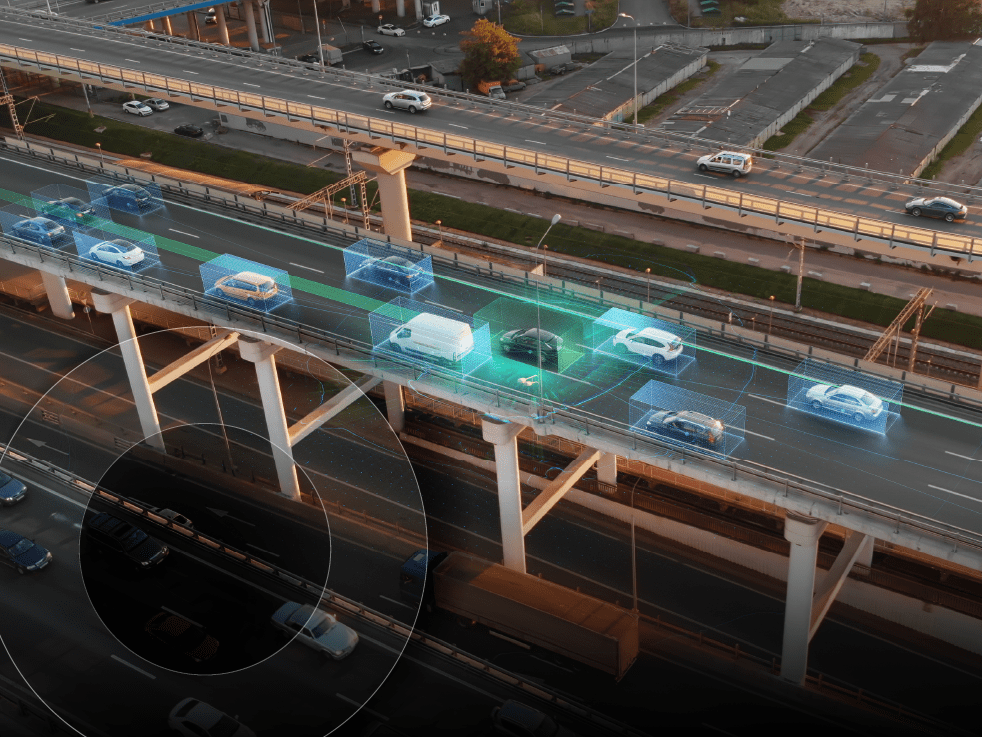Looming cybersecurity threats this election season and how to stay resilient:
Are your security measures up to the task?

The 2024 U.S. presidential election season is underway. Cyber threat actors are actively looking for their seat at the table, often in the form of stolen or leaked information and disrupted operations. Rising attempts to derail election security and voter turnout persist through dis- and misinformation on social media platforms, including AI-generated images, video, and audio, known as deepfakes.
“The threat environment, unfortunately, is very high,” said Tim Langan, executive assistant director for the Criminal, Cyber, Response, and Services Branch of the FBI during a Washington conference with the National Association of Secretaries of State, according to Stateline. “It is extremely alarming.”
Cybercriminals and nation-state actors seek to infiltrate your systems, data, and networks using targeted phishing, ransomware, and distributed denial-of-service (DDoS) attacks. According to the Cybersecurity and Infrastructure Security Agency (CISA), these are the election infrastructure assets with the most significant target: voter information, including electronic poll books and voter registration databases, as well as state and local websites, email systems, and networks.
How can organizations, especially state and local governments and related vendors, stay resilient and ensure the right security measures are intact?
To stand up to these specific threats, you need to understand what you are up against, assess your areas of risk, and bolster your cybersecurity defenses. Let’s examine the top threats and the solutions available to stay protected.
Sophisticated threats and heightened risk
As elections rely on and integrate modern technology into their processes, the opportunity for cyber incidents rises along with the risk involved. Organizations can prepare by protecting against three primary categories of cyberattacks.
Phishing
Cybercriminals use phishing as a tactic to deceive a user into revealing personal information or downloading malware. The fraudulent attempt preys on you through email or another form of communication, like text message or social media.
“Cyber threat actors often use elections and political events to capture attention and lure recipients into clicking a link or downloading a file that contains malicious code,” according to CISA. “Election officials are often required to open email attachments, which could contain malicious payloads, to facilitate election administration processes (e.g., absentee ballot applications).”
In addition to ensuring software is up to date, especially operating systems and antivirus programs, using advanced email filtering tools can help detect and filter out phishing emails before they reach inboxes. These email security solutions use advanced algorithms and machine learning (ML) to identify potential threats. Implementing multi-factor authentication (MFA) also adds an extra layer of security by requiring users to provide two or more verification factors to gain access to a resource. This can significantly reduce the risk of unauthorized access even if login credentials are compromised.
Ransomware
The high stakes nature of the electoral process is a breeding ground for ransomware attacks. With important voter registration data, critical access to election systems, and timely filing deadlines, malicious software blocking access to data or systems could critically derail election operations. There is also the risk of ransomware actors exfiltrating information to leak or demand payment – a grave position for state and local governments during election season.
Managed detection and response (MDR) solutions can provide 24/7, remotely delivered, human-led threat disruption and containment. Their impact lies in the ability to provide continuous monitoring, threat intelligence, and expert human analysis.
Using advanced analytics and AI-driven tools to detect threats in real time, MDR solutions deliver incident prioritization, investigation, and response through mitigation and containment. This proactive approach helps you stay ahead of attackers, improving your productivity and maturity with automation and high-fidelity alerts.
DDoS
Time is of the essence in election season. Unfortunately, distributed denial-of-service attacks can target and hinder voting operations – a major risk to time-sensitive website access and voting results. A DDoS attack attempts to disrupt normal traffic on a server, service, or network by overwhelming it with a flood of internet traffic. Tiny but lethal DDoS attacks, called layer 7 or low and slow attacks, have the same negative impact, causing loss of availability.
Volume attacks like DDoS put organizations at risk of poor user experiences, slow or denied access, server outages, and monetary loss, threatening the security and performance of election system infrastructure if impacted.
Defend your organization’s attack surface with better visibility, addressing vulnerabilities before attackers can exploit them. Attack surface management (ASM) provides comprehensive views of internal and external attack surfaces, including all entry points, gaps, and potential attack vectors, and a wider threat intelligence viewpoint outside the customer network.
ASM solutions provide continuous discovery, analysis, remediation, and monitoring of cyber vulnerabilities, including asset discovery, cloud governance, risk mitigation, and compliance assurance. Our experts can identify and remediate gaps in your security defenses, so you’re prepared and operational when you need it most.
Cyber resiliency you can count on
Advanced threats are concerning to read about but even more dire if you have to face them head-on amidst a general election.
Implementing threat and vulnerability management solutions can bolster your defenses against persistent threat actors. Encompassing MDR, ASM, security information and event management (SIEM), and more, threat and vulnerability management is your frontline strategy to safeguard your digital assets and maintain the integrity, continuity, and availability of your election infrastructure.
Our security experts can help you prioritize mission-critical vulnerabilities and prepare a customized action plan designed to fit your infrastructure, enabling enhanced efficiency, productivity, and reputation protection. With our state-of-the-art Customer Innovation Center labs and tailored assessments, we provide data-driven decision-making to advance your security objectives.
Take an essential first step in strengthening your security with SHI’s Security Posture Review (SPR), a free assessment with professional insights into your implementation, maturity, and risk. We work with you to highlight and discuss over 40 security technology solution spaces, including endpoint, system, network, application, compliance, cloud, data, and more. Our team will review your entire cybersecurity landscape and present actionable recommendations with short- and long-term goals to help maximize your security resources.
Elections bring new opportunities for voters – and the chance for cyber adversaries to test your resiliency. Stay prepared this election season and beyond by connecting with our team of cybersecurity experts to address your security concerns.




